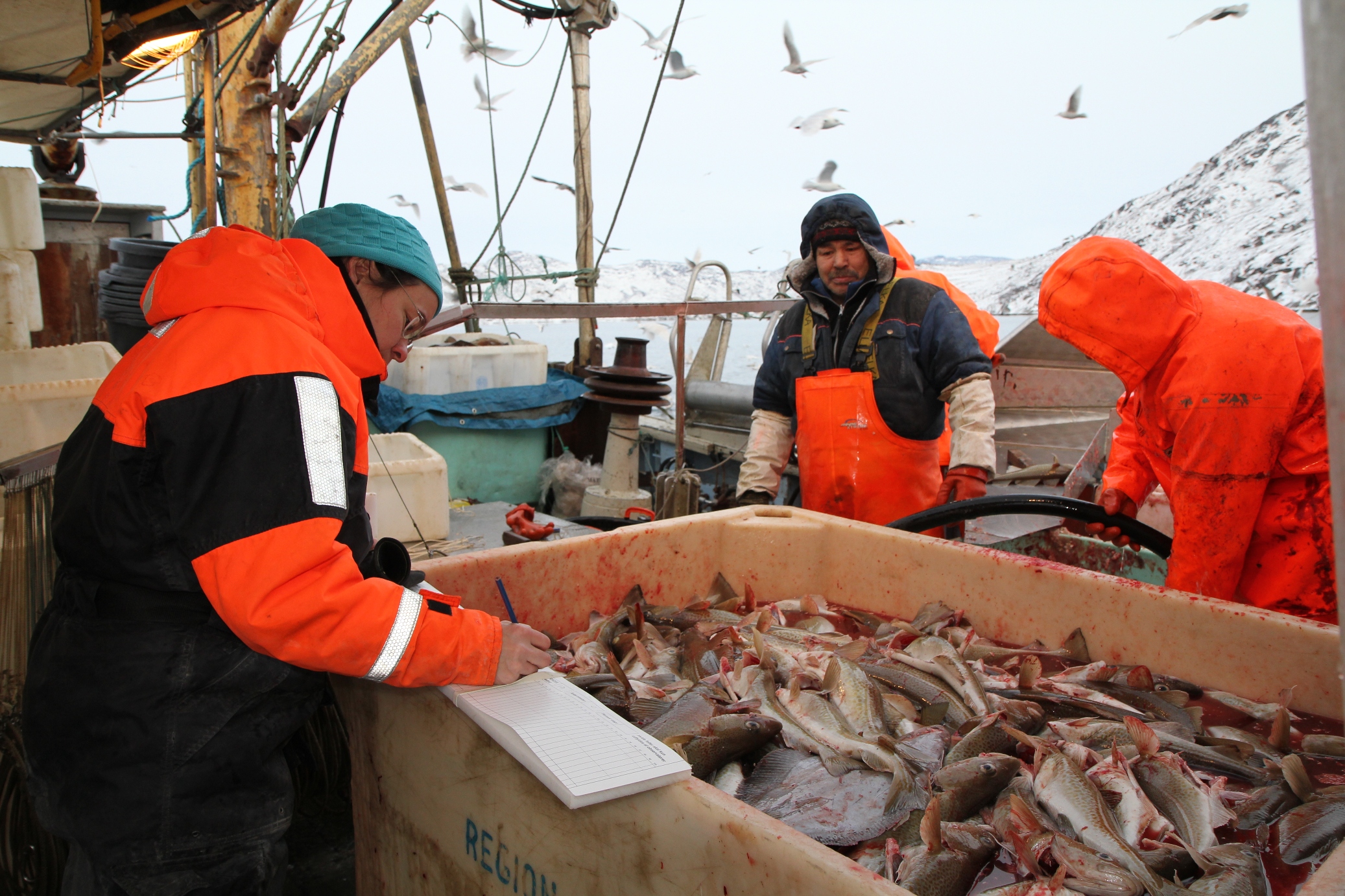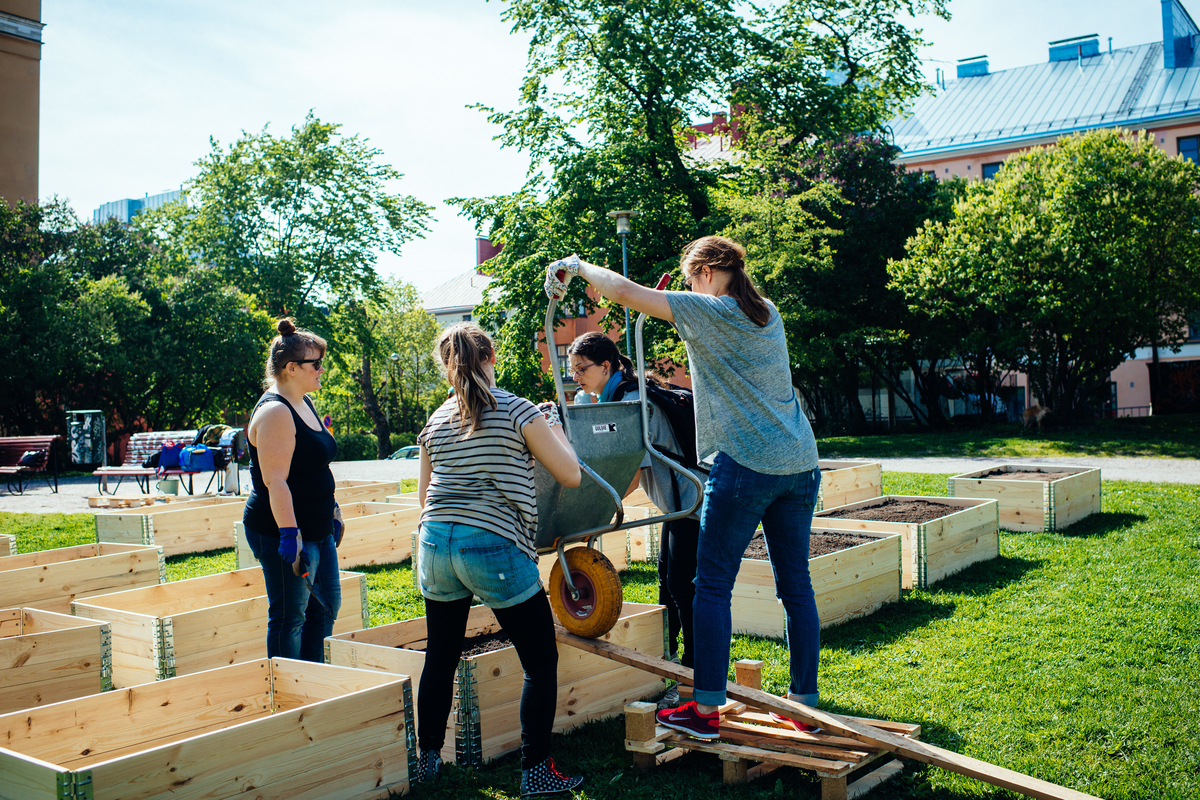2025 07 03
In 2024, a total of 259,000 children were born in the Nordics. This is a slight increase from 2023, when the number was record low. The total fertility rates in the Nordics in 2024 ranged from 1.25 in Finland to 1.91 in Faroe Islands, with four countries having record low rates. More women of childbearing age in three countries compensates somewhat for the low fertility, but in four of the countries the number of women of fertile age is also falling, which has a double effect on births.


